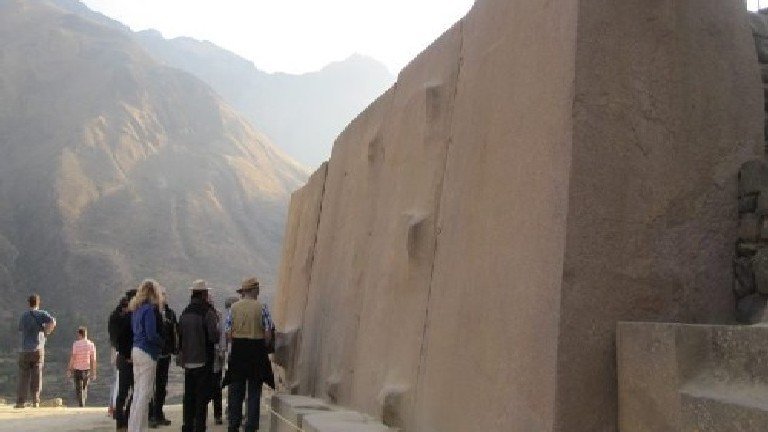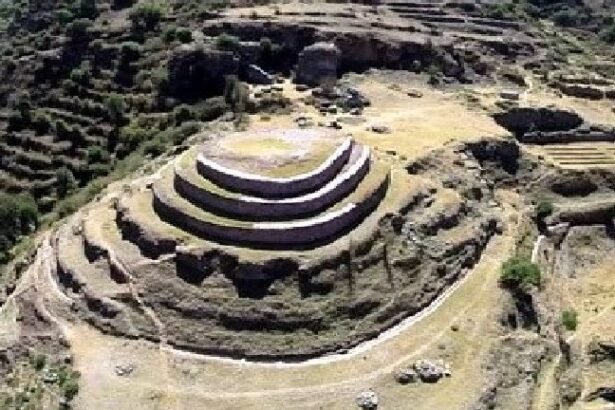Tour Sacred Valley of the Incas
Visit Inca ceremonial religious and administrative sites, military stations and astronomical observatories.
Remote short Inca Trails, hiking adventures and historical tours explorations nature and different ecosystems, flora and fauna.
The Inca Civilization, the Great Empire: These people were descendants of the Sun in the Cuzco area, where the legendary first Sapa Inca, Manco Capac, founded the Kingdom of Cuzco around 1200. Under the leadership of the descendants of Manco Capac, the Inca state grew to absorb other Andean communities. In 1442, under the command of Patchacutec, who founded the Inca Empire “Tawantinsuyu”, the Incas began a far-reaching expansion, which became the largest empire in pre-Columbian America.
Itinerary
We pick you up from your hotel in Cusco and after an invigorating cup of coca tea; we travel to the Sacred Valley of the Incas. We will visit an Alpaca and Llama breeding and fiber producing farm to see aspects of the carding, spinning and weaving process. Later we visit a traditional farm and an Indian market. Then we will go to Pisac the Inca outpost built in the 1200s for a nice tour and hike. Beginning in 1200, the quest for increased territory and natural resources brought the Inca Empire into the Sacred Valley and the jungles of Cusco and Madre de Dios, and that is where Pisac was built. Pisac served as an Inca out post with and administrative, military and astronomical. This was a strategic location to control and conquer other ethnic groups. From here expansion continued northward to where Ollantaytambo is now. Here on the mountain were some of the best corn and crops in the World. There are impressive stone structures remaining and the site is connected by Inca roads. When you visit, you can hike to the cemetery where skulls of puma and religious icons have been found. Hiking further to the religious area you will see a beautiful stone temple carve of fine masonry. The temples were dedicated to the sun, the moon, and the star deities. They are all aligned to the astronomical and solar events.
We have a typical lunch in the Valley and in the afternoon we will visit Maras colonial town where we will see beautiful portraits and doorways carved in granite with symbols, iconography of their status of the mestizo families. Then the Moray experimental field for agriculture and acclimatization of crops like potatoes and corn from the Inca times. Later we will continue to the Inca archaeological site of Ollantaytambo, an Inca fortress and remains that were built in the early 1400s. During the Inca expansion in the 1400s, Ollantaytambo was a fortified city, a fortified fortress, and “Tambo” or administrative center. The stone was quarried across the river and the river itself was a means to carry all the material from across the valley to the site, where materials could then be carried by using rollers ramps and man power. Using mostly huge pink or red perfidious granite rock, weighing 20-80 tons, they carved with extraordinary precision. Here the Incas constructed temples dedicated to the sun and to Mother Earth or Pachamama. This site is aligned to the winter and summer Solstices and to the spring and autumn equinox. This was one of the last refuges for the Incas before they fled to the jungle to regroup, recover, and fight the Spanish forces again. Ollantaytambo was used for administrative purposes, also as a religious retreat and military station. It was a strategic location between three valleys connected to important sites by Inca roads. The Sacred Valley was important because during the expansion of the Inca towards the sacred valley it was the main source of sustenance for the nobility. An important agricultural location, it was used to acclimate crops and fruit trees from the high and the low jungles. Manco Inca also fought to protect territory from the Spanish forces that had several battle ships in the area. Construction never was finished likely because the Inca civil war interfered and then the Spanish forces conquered the Inca in 1536.
Beautiful buildings were built that were occupied by royalty, nobility and important people and their entourages. These were palaces, religious retreats, plazas, ceremonial places, astronomical observatories and they also served as military stations, store houses, granaries, and terraces for farming, all connected by Inca roads. Construction included existing rock, the small valley itself, and the mountain. Fine masonry and well carved, well-polished stonework, all assembled without mortar. The work was done by laborers from elsewhere who used ramps, rollers, and manpower.
After our hike and tour we go Cusco by 2 hours drive or go to our hotel in the valley only 20 minutes away and have rest of the afternoon free, then dinner is at the hotel. There is a great opportunity to see the wildlife near the hotel. We may see the great thrush “Turdus Furcater” and the Sparkling violet ear “Colibri Coruscans” hummingbird and some flora such as a bromeliaceae called Maquey or “Furcraea Andina” and the Andean bush called Chillca or “Bacharis Latifolia”. Later there is an optional visit to a local pottery workshop and kiln.




